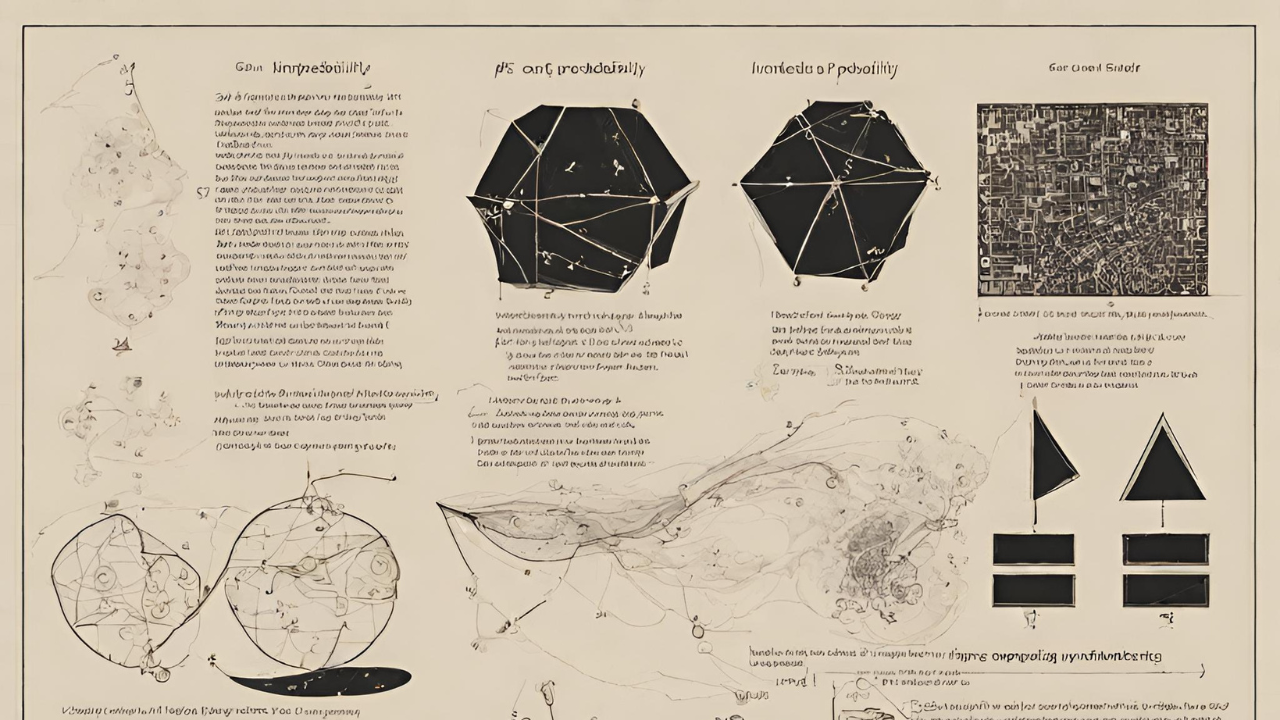summary
The Democrats will probably win the next election.’
‘The coin is just as likely to land heads as tails.’
‘There’s a 30% chance of rain tomorrow.’
‘The probability that a radium atom decays in one year is roughly 0.0004.’
One regularly reads and hears probabilistic claims like these. But what do they mean? This may be understood as a metaphysical question about what kinds of things are probabilities, or more generally as a question about what makes probability statements true or false. At a first pass, various interpretations of probability answer this question, one way or another.
However, there is also a stricter usage: an ‘interpretation’ of a formal theory provides meanings for its primitive symbols or terms, with an eye to turning its axioms and theorems into true statements about some subject. In the case of probability, Kolmogorov’s axiomatization (which we will see shortly) is the usual formal theory, and the so-called ‘interpretations of probability’ usually interpret it. That axiomatization introduces a function ‘PP’ that has certain formal properties. We may then ask ‘What is PP?’. Several of the views that we will discuss also answer this question, one way or another.
Let's start with the truth!
Support the Broken Science Initiative.
Subscribe today →
recent posts
Metabolic Flexibility to Burn Fat, Get Stronger, and Get Healthier
Expanding Horizons: Physical and Mental Rehabilitation for Juveniles in Ohio



